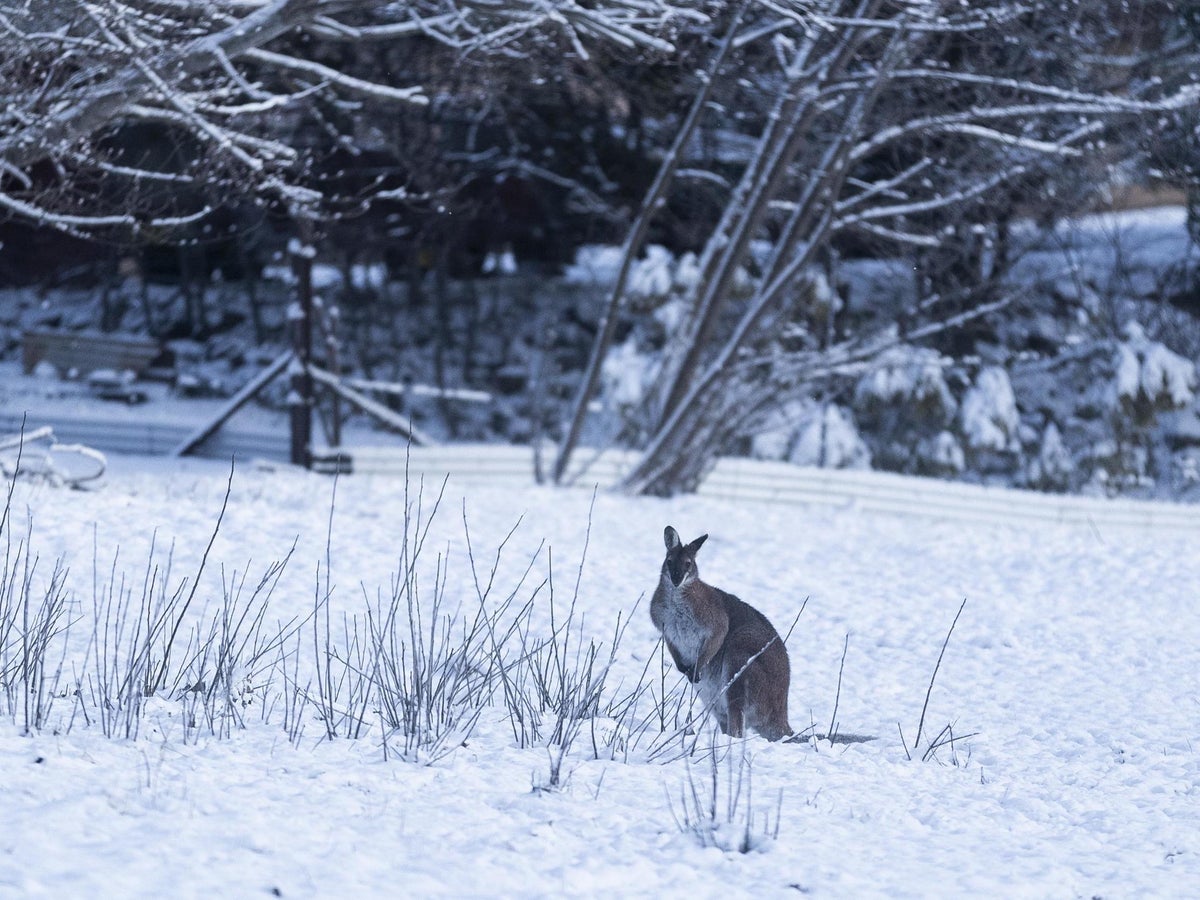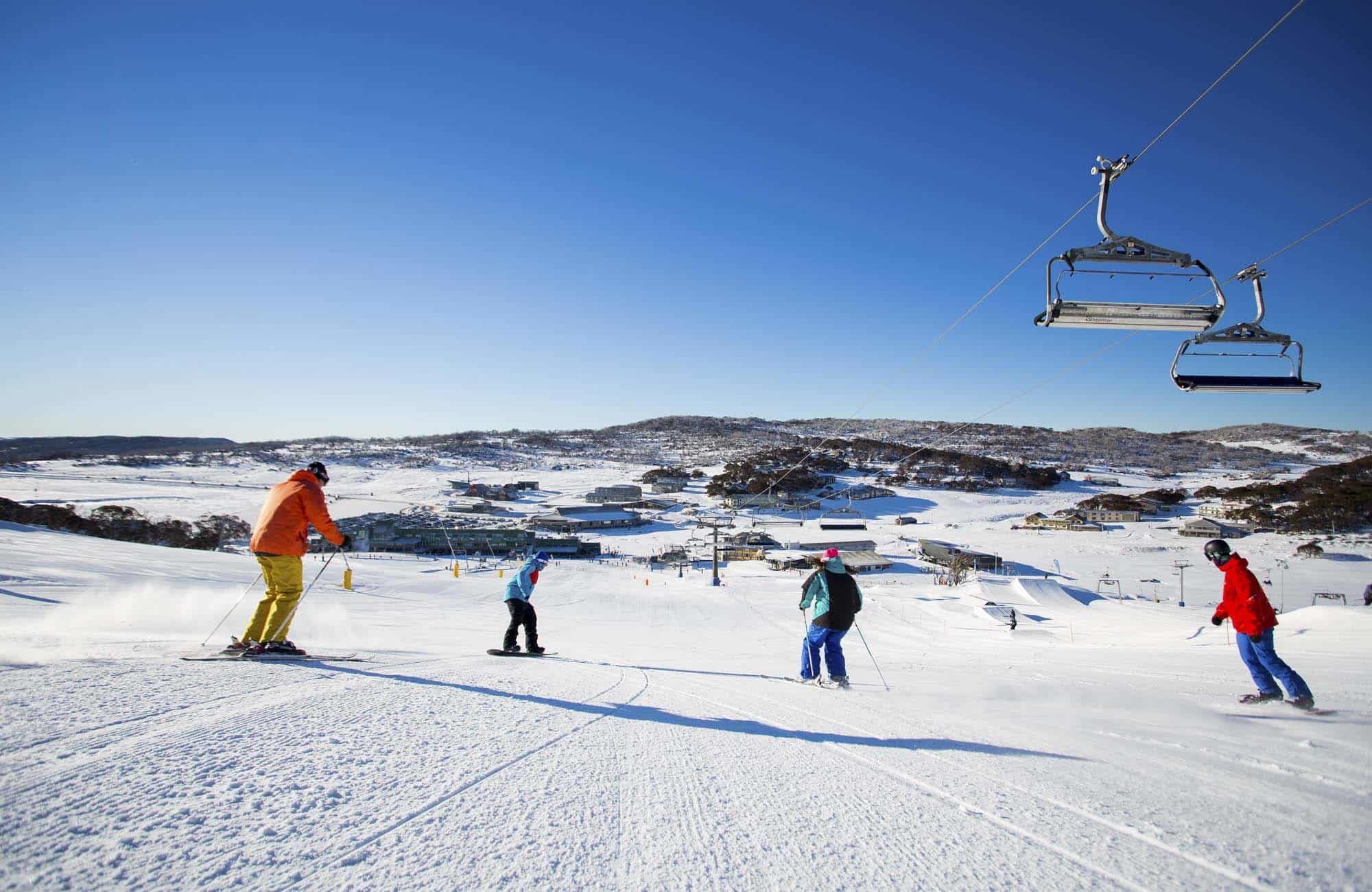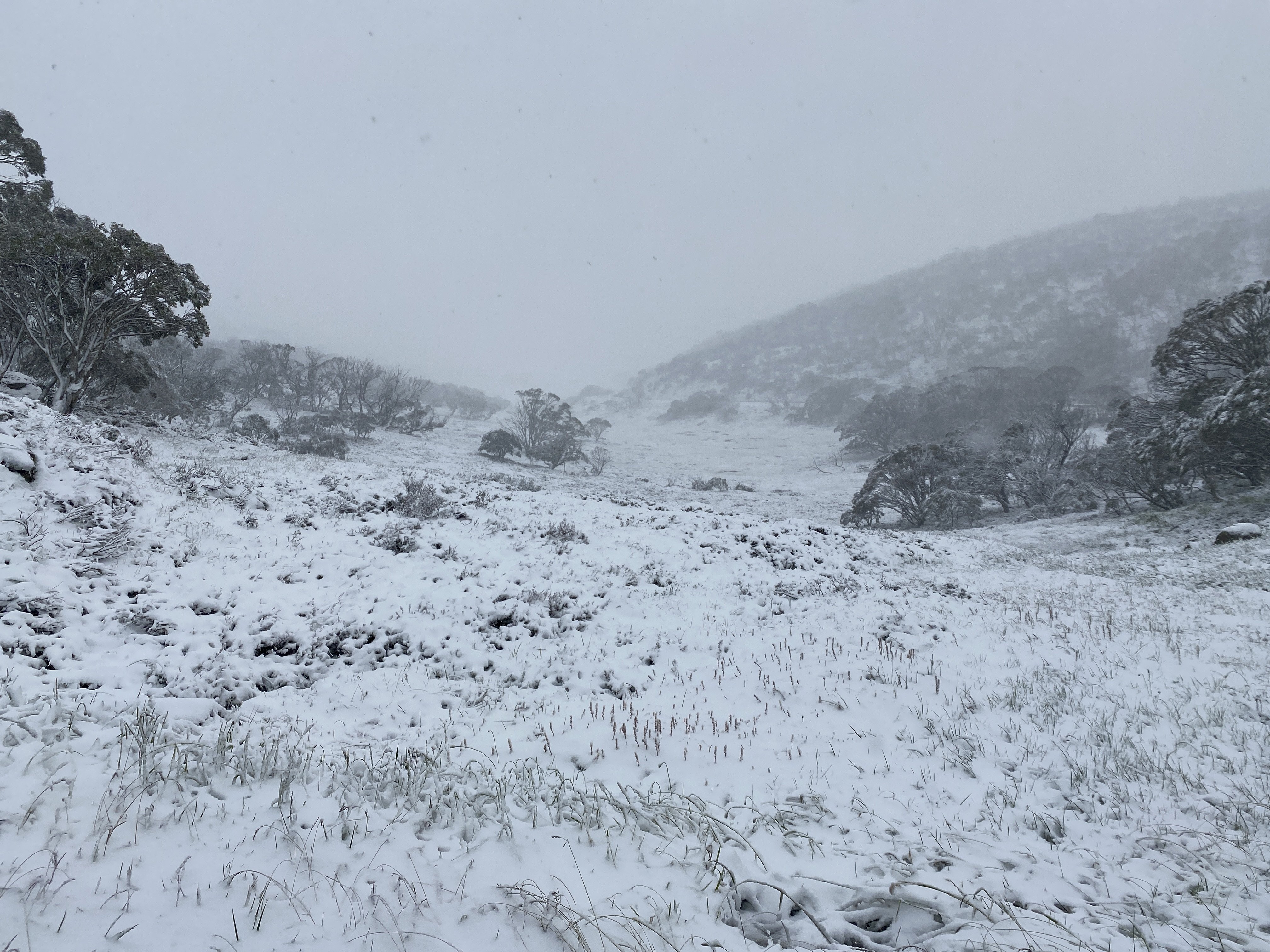The Various Sorts Of Snow in Australia and Their Effect On Winter Sports
Australia, recognized for its sun-soaked coastlines, is likewise home to a varied range of snow problems that considerably influence winter sports. Each kind, from the damp coastal snow to the completely dry interior powder, offers special challenges and advantages for athletes. An understanding of these variants is crucial for those looking for to browse the Australian slopes, as each requires various techniques and resilience. The adhering to exploration will certainly go over the implications of these snow types on winter sports performance.

Understanding the Features of Different Snow Types
While many assume that snow is a homogeneous entity, it is essential to understand that there are different kinds, each with special attributes. In Australia, these variants are particularly obvious as a result of weather variety. Coastal snow, discovered in locations such as the Snowy Mountains, is commonly wetter and denser because of high dampness web content, making it optimal for snowball battles or building snowmen. On the various other hand, the snow located in the interior areas like the Australian Alps is drier and lighter, often contrasted to a cosy powder. These differences in snow kind aren't simply aesthetic; they dramatically impact winter sporting activities, determining the convenience of motion, the rate attainable, and the degree of control needed from athletes.
The Effects of Powder Snow on Winter Sports and Snowboarding
Despite its light and fluffy appearance, powder snow in the Australian Alps provides both special difficulties and chances for winter sporting activities fanatics, especially those participated in snowboarding and snowboarding. The loosened, completely dry nature of powder snow can at first be difficult to browse for novices, needing cautious balance and control. For more experienced professionals, the soft, untracked snow uses an exciting experience, allowing for dynamic and nimble movement - Snow In Australia. The flexible and smooth surface of powder snow additionally decreases threat of injury during drops, making it a preferred option for severe winter sporting activities. It's worth keeping in mind, the differing depth and unforeseeable nature of powder can sometimes lead to surprise barriers, calling for consistent watchfulness.

The Obstacles and Advantages of Stuffed Snow in Wintertime Sports
Moving focus from the loose, dry powder snow, an additional widespread type of snow in the Australian Alps is stuffed snow, posing its own collection of challenges and advantages in the realm of winter season sporting activities. Controlling and navigating turns rate can be tough on packed snow, requiring higher ability levels from athletes. Despite these difficulties, loaded snow remains a vital element in several wintertime sporting activities, shaping the performance and approaches of professional athletes.
The Duty of Wet Snow in Australian Wintertimes Gamings
In comparison to the dense, slick surface you could try this out of jam-packed snow, wet snow plays a totally various role in Australian winter video games. Qualified by its high dampness material, damp snow influences the speed and control of winter sporting activities participants. Its hefty, sticky nature can be testing for athletes, especially in winter sports and snowboarding where rate and manoeuvrability are important. Nonetheless, its malleability makes it ideal for snow sculpting events and for fortifying snow frameworks in sporting activities like snow ft fights. Despite its challenges, damp snow presents an one-of-a-kind dynamic to winter video games in Australia, testing athletes' versatility and durability, and offering as a pointer of the view it varied climate condition they need to be prepared to deal with.

Just How Slushy Snow Impacts Wintertime Sports Performance
Proceeding the expedition of differing snow problems in Australia, the effect of slushy snow on wintertime sporting activities is another interesting aspect. Slushy snow, arising from warmer temperatures or straight sunshine, positions special obstacles to professional athletes. It minimizes speed and needs boosted physical effort as the tools sinks into the soft, water-saturated snow. In snowboarding and snowboarding, slushy conditions can influence the predictability of jumps and turns, increasing the danger of crashes. For snowmobiling, the equipment's performance might be hindered as it has a hard time to maintain traction. Thus, slushy snow changes the winter months sporting activities landscape, demanding not only heightened physical exertion from professional athletes however likewise a higher emphasis on safety precautions.
Adjusting Winter Season Sports Techniques to Various Snow Conditions

Conclusion
In conclusion, Australia's varied snow kinds dramatically impact wintertime sporting activities efficiency. Each type, from the glossy coastal snow to the drier interior powder and the hefty, sticky wet snow, provides distinct obstacles and benefits. Hence, professional athletes should adapt their techniques to navigate these varying problems effectively. The snow's developmental role emphasizes the significance of recognizing its characteristics to optimize efficiency and safety and security in Australia's winter season sporting activities landscape.
Changing emphasis from the loosened, completely dry powder snow, one more common type of snow in the Australian Alps is jam-packed snow, posturing its own set of difficulties and benefits in the realm of winter season sporting activities - Snow In Australia.In comparison to the thick, glossy surface of stuffed snow, wet snow plays a totally different role in Australian winter months video games. Its pliability makes it optimal for snow sculpting occasions and for strengthening snow structures in sports like snow ft battles.Proceeding the expedition of differing snow conditions in Australia, the impact of slushy snow on winter sporting activities is another fascinating variable. Each type, from the slick coastal snow to the drier indoor powder and the hefty, sticky damp snow, offers unique challenges and advantages